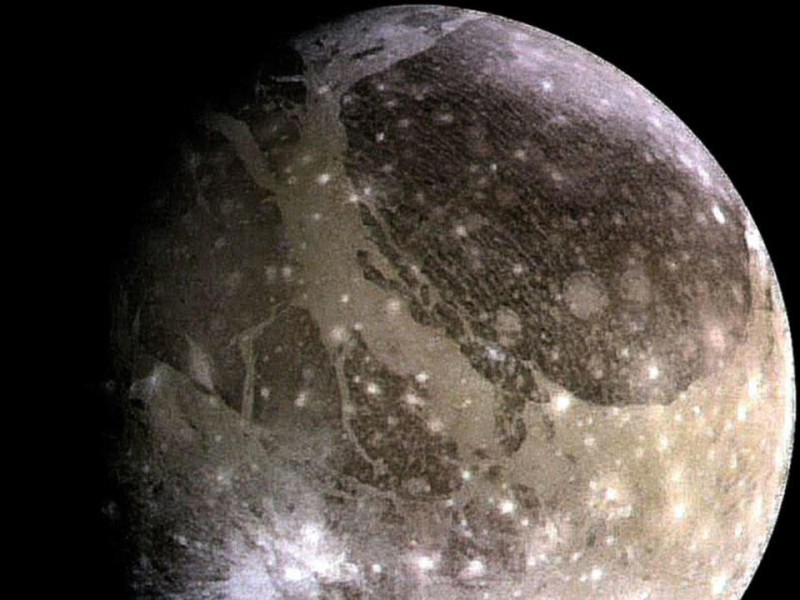
New Delhi: For the first time The Hubble Space Telescope has discovered evidence of the presence of water vapor in the atmosphere of Jupiter's moon Ganymede, the largest moon in our solar system, a study on the same was published on Monday in the journal 'Nature Astronomy'.The water vapor is developed during the process called sublimation - when the icy surface of the moon turns from a solid to a gas. Astronomers found this water vapor while using a combination of new and archival observations from Hubble.
Early research found, Ganymede contains more water than all of Earth's oceans put together, although the moon is 2.4 times smaller than our planet. But Ganymede is so cold, with colds that can reach negative 300 degrees Fahrenheit (-184 degrees Celsius), that the surface is a frozen water ice shell. About 100 miles (161 kilometers) below this crust is likely a salty ocean, and researchers knew there was no way that ocean was distilling through the ice shell to create water vapor.
The European Space Agency's JUICE mission, or Jupiter ICy Moons Explorer, will be launched in 2022. It will reach Jupiter in 2029 and spend three years observing the planet and its three largest moons, Ganymede included. Researchers expects to learn more about the moon as a potential habitat for life.
TDP leader Devineni Uma Maheswara Rao's convoy attacked
The United States and India closely coordinating on regional security issues
A 14-year-old girl gave birth to a child in the police station, had come to register a complaint